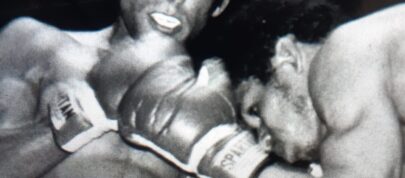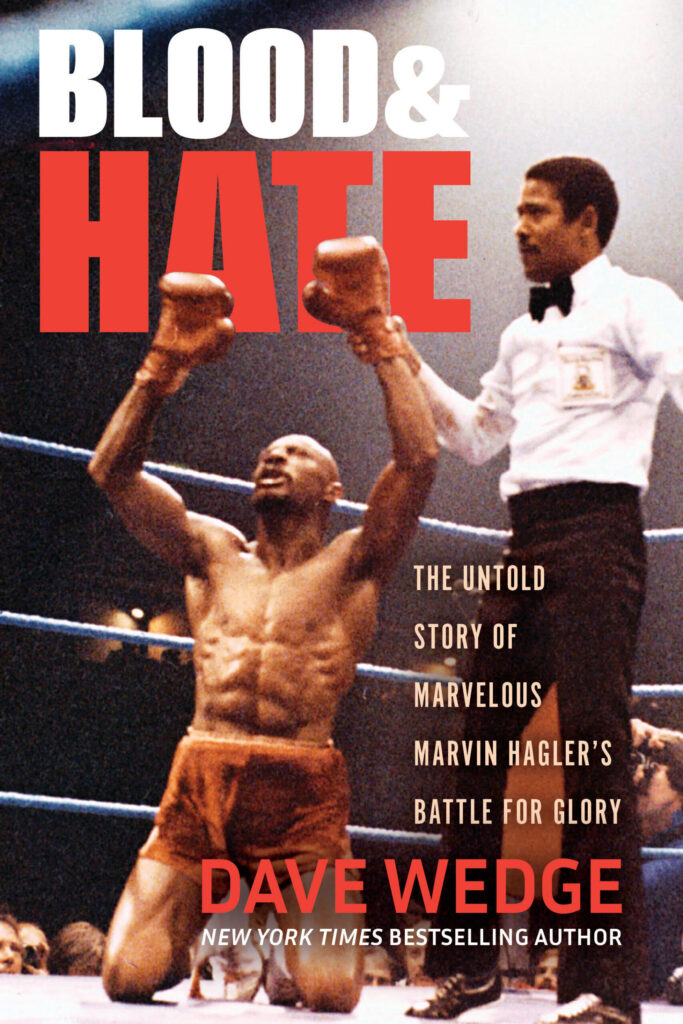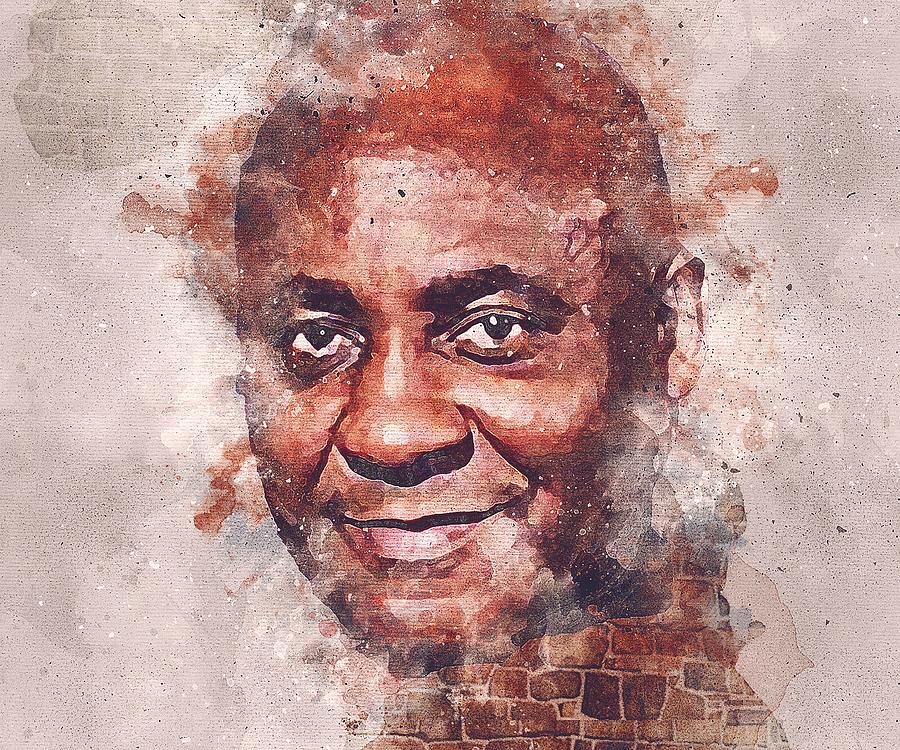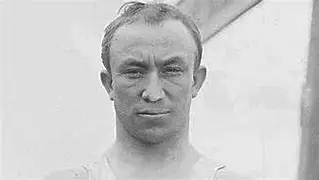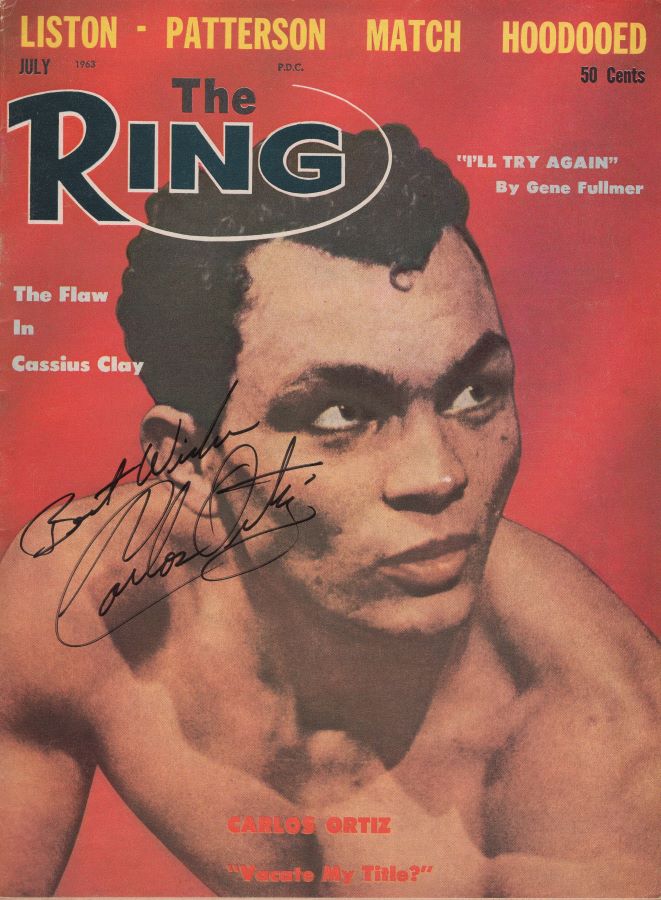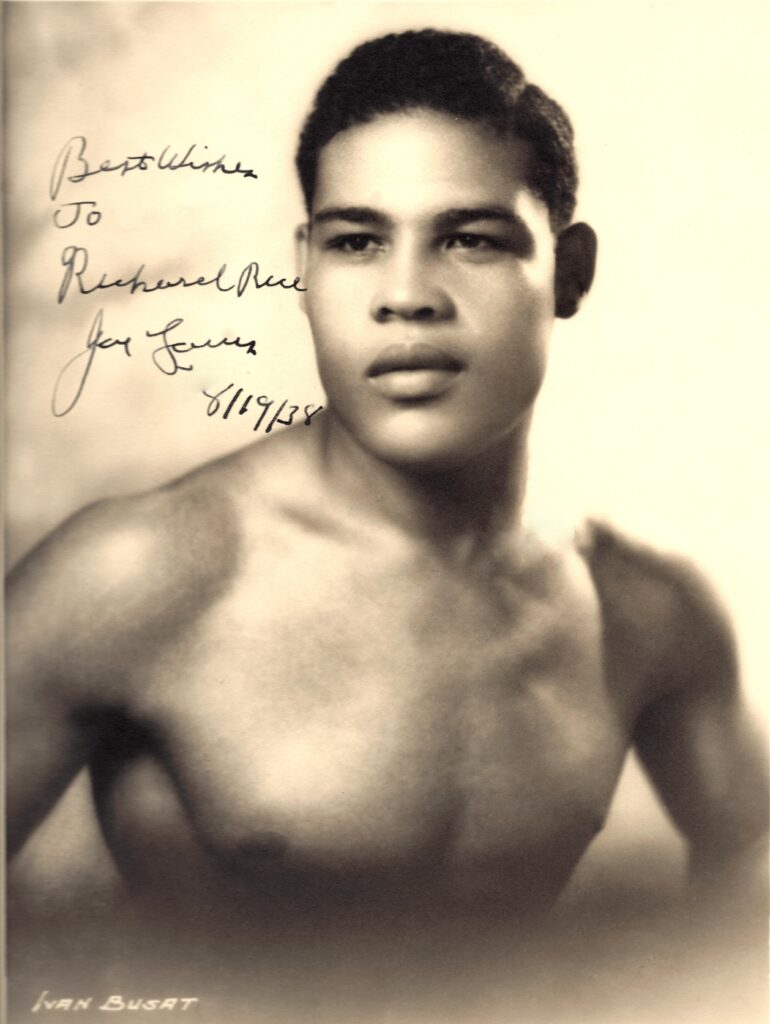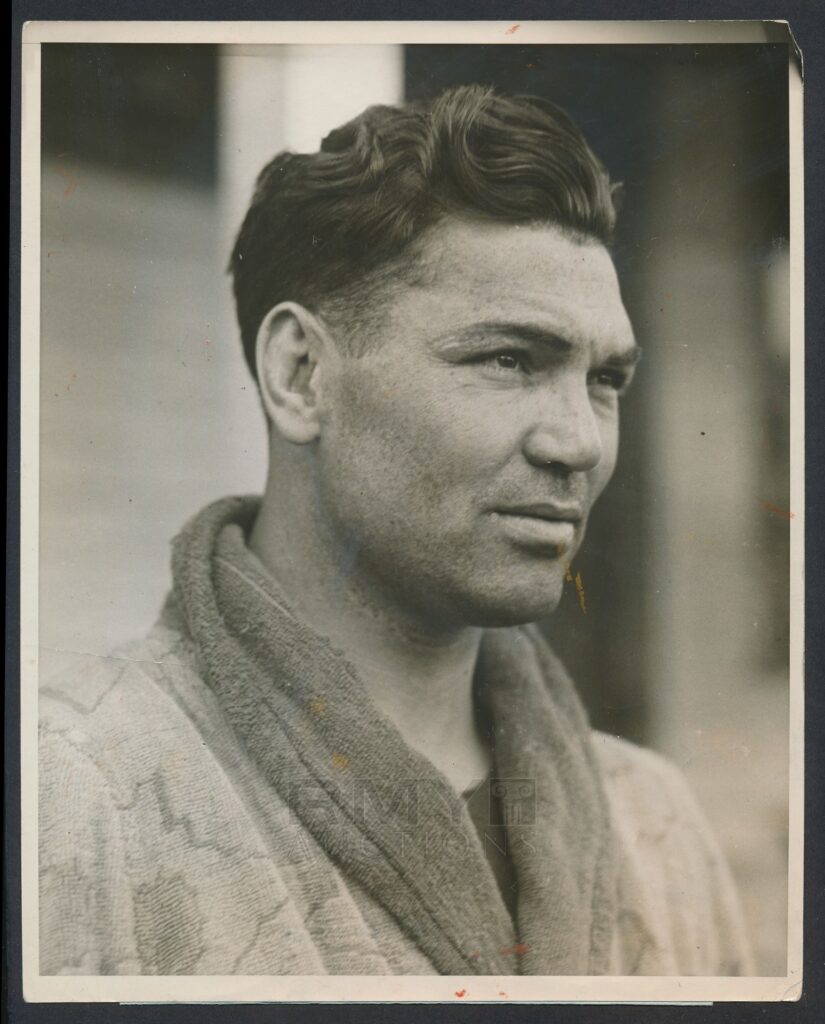THE CAREER OF JOEY GIARDELLO
GIARDELLO STATUE DEDICATION July 21, 2025 Dick Tiger, left, and Joey Giardello pose before one of their four epic bouts. Remembering the Career OF Joey Giardello Thanks to the members of Ring 1 and South Philly Boxing for celebrating Joey Giardello’s birthday (he would have been 95) on July 21st at Nior Restaurant, located in the neighborhood where his statue is erected and where he grew up. The statue was dedicated on May 21st, 2012. Born Carmine Orlando Tilelli on July 16, 1930, in Brooklyn, NY. He adopted the name Joey Giardello to enlist in the U.S. Army underage, using the identity of a cousin’s friend. Served in the Army during WWII and boxed while in service. After his discharge in 1948, he turned pro and settled in South Philadelphia, where he maintained this persona throughout his boxing career. Snapshot of Career Early pro fights (1948–1950) featured mostly journeymen opponents. His first setbacks came against Joe DiMartino and other lesser-known boxers. A notorious New York commission incident involved his fight against Billy Graham, where the decision was reversed twice, eventually restored in court as Giardello’s win. It’s referred to as “The reversed reversal” in boxing lore. First title shot: April 20, 1960, against Gene Fullmer, which ended in a grueling 15-round draw. In 1962, beat Henry Hank in a fight named Ring Magazine’s Fight of the Year. On June 24, 1963, he shocked the boxing world by defeating Sugar Ray Robinson at age 33—a performance that earned him top contender status against Dick Tiger. December 7, 1963: Won the WBA/WBC/The Ring middleweight title by defeating Dick Tiger in Atlantic City via 15-round decision. Championship Reign. Held the world middleweight championship from late 1963 to October 1965, defending the title four times December 14, 1964: Defended his title against “Hurricane” Rubin Carter in Philadelphia. Despite Carter’s early dominance, Giardello rallied to win unanimously. The fight was later mischaracterized in the 1999 film The Hurricane, leading Giardello to sue over its portrayal; the case was settled out of court. Lost his title to Dick Tiger in a rematch on October 21, 1965, after struggling with weight-cutting and conditioning challenges, as documented by chronic weight issues toward the end of his reign Final Fights & Retirement After his title loss, Giardello had just four more fights through 1967, including a decision loss to rising prospect Jack Rodgers, before retiring for good with a record 101–25–7 (with one no contest) and 33 KOs. Life After Boxing & Recognition Post-boxing, he returned to his birth name and worked as an insurance agent and distributor. He was also active in charitable causes, especially working with intellectually disabled communities, inspired by his son Carmine Jr., who had Down syndrome. Received several honors: International Boxing Hall of Fame induction in 1993. Philadelphia Sports Hall of Fame induction (posthumous) in 2009. A statue erected in South Philly at Passyunk Ave. / 13th / Mifflin streets to immortalize the boxer beloved by his city. Giardello passed away on September 4, 2008, at age 78 in Cherry Hill, New Jersey. He had battled congestive heart failure and diabetes. He left behind his wife Rosalie, four sons, and a lasting legacy in boxing and his community. Thanks to: Passyunk Gym Phillyboxinghistory.com Joey Eyes
THE CAREER OF JOEY GIARDELLO Read More »
